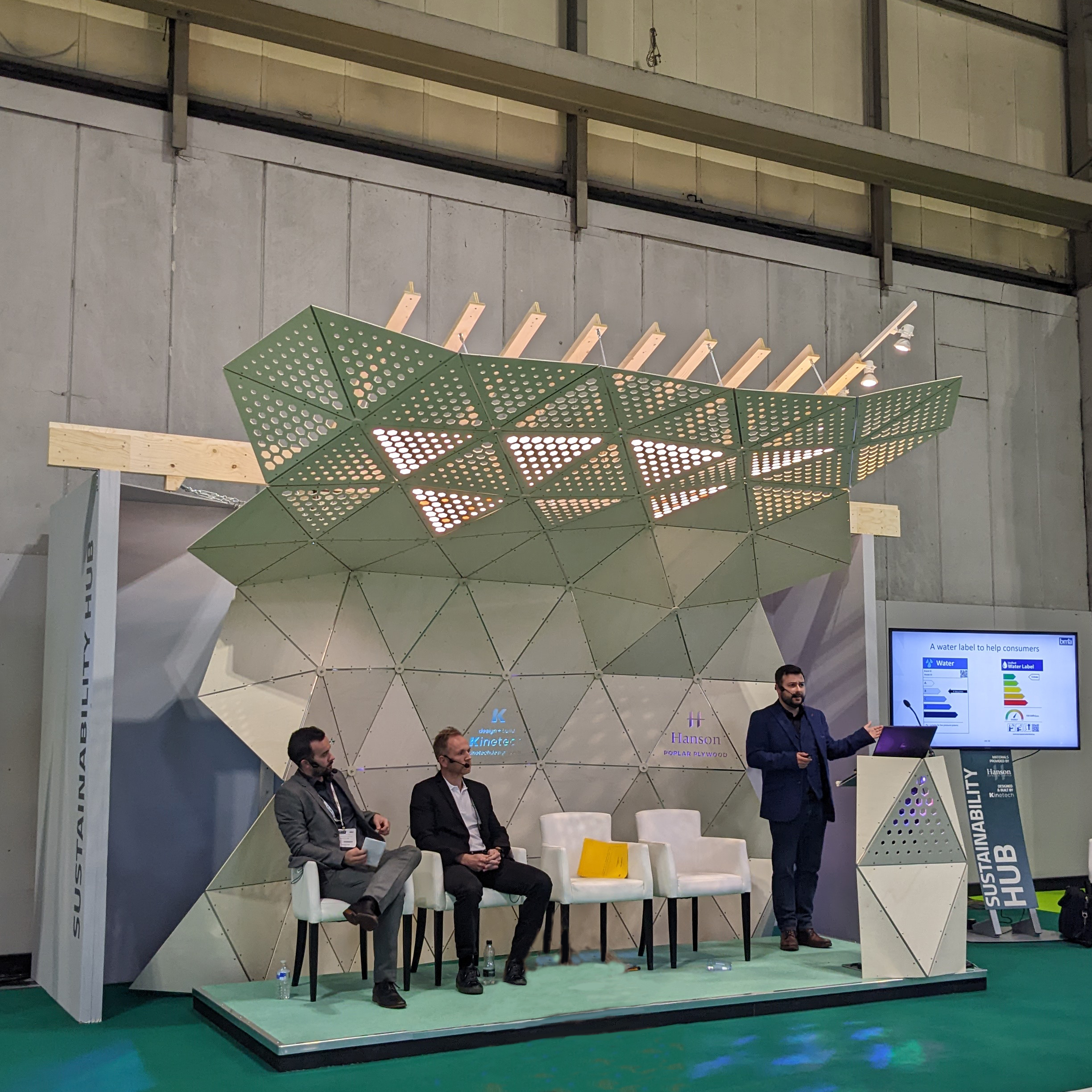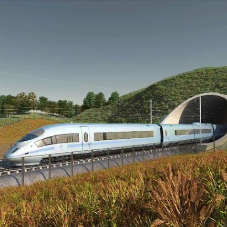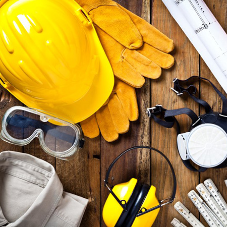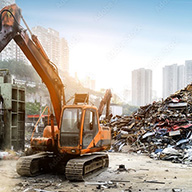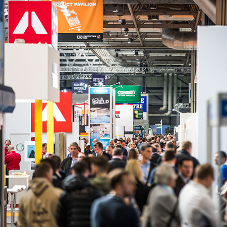Since their inception after World War II, synthetic plastics have become a commonly used material. However, items like plastic bottles can take up to 450 years to decompose, and even when they do break down eventually, plastics are not truly biodegradable. Instead, they accumulate in landfills and oceans, often killing wildlife.
But traditional plastics now have a tough, low-cost, biodegradable alternative. There is a new process that makes thin, clear, flexible, recyclable plastic that is as strong as aluminium and half the weight.
It’s called Shrilk, and this next generation of plastic is inspired by insects’ hard outer shells and is made from discarded shrimp shells and proteins derived from silk. And, it not only will degrade in a landfill, but its basic components are used as fertilizer, and so will enrich the soil.
With 95% of all animal species being six-legged critters, many bugs like crickets, beetles, and ants, are armoured with cuticles that are not only strong, but flexible and light due to evolutionary pressures. As a result, they are a rich basis for natural plastics. Fibroin, one of the components, is a silk protein obtained from the domestic silkworm Bombyx mori. The other, chitin, is derived from shrimp shells. These key ingredients of shrilk are more than abundant, making the product highly resourceful and economic.
These attributes make Shrilk suitable for a wide range of applications, including providing a cheap, environmentally safe alternative to plastic. It takes only 0.8 metric tons of CO2 to create bio-plastics which is 3.2 metric tons less than normal plastics. Bioplastics are also cheaper than normal plastics especially with the soaring oil prices and don’t generate as much toxic run-off.
Bioplastics have the potential to replace concrete, steel, and wood. This material may replace metal in everything from manufacturing equipment to cars. As a bioplastic, shrilk has all of the advantages of its traditional counterparts with none of the associated environmental risks.
What do you think? Are bioplastics going to replace traditional materials? Join the conversation on our Linkedin post.
Read more about bioplastics and the construction industry on our blog!


